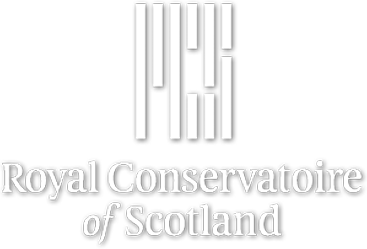Performing Matrescence: Becoming and Unbecoming
Research output: Contributions to conferences › Paper
Contributors
About
“Matrescence - the time of mother-becoming” coined by the anthropologist Dana Raphael is defined as the process of becoming a mother. The word describes the physical, psychological, and emotional changes experienced during the significant transformation that is motherhood. In this becoming, there is also a sense of unbecoming, of the person you were before motherhood as being redefined, or in some mother’s experience, feeling like a part of their identity is lost or becomes unrecognisable. This article explores the concepts of becoming and unbecoming through analysis of two case studies of work made by mother artists all working in the field of performance. Laura Bradshaw’s Matrescence, and Stephanie Black-Daniel’s Position and Attachment are discussed with reference to the burgeoning theoretical field of maternal performance (Emily Underwood-Lee and Lena Simic, 2021).
During the COVID-19 pandemic when public gathering was impossible and theatres and performance spaces remained closed, many artists and practitioners moved their work to digital platforms and experimented with alternative ways of working including creating digital performances, performance for film/video and hybrid works (Bissell and Weir 2021). If live performance has provided a space for experiences of motherhood to be made visible and to be acknowledged, what occurred when these spaces were no longer active or accessible? Described by artist and mother Katherine Nolan as “life on pause”, with schools and nurseries closed and children being at home, work and childcare were happening synchronously. Some work, including creative work, was side-lined or stopped completely while childcare and care for older relatives became a priority. Support networks and opportunities to socialise for new mothers were reduced and the health service’s focus on the pandemic meant that those waiting for fertility treatment or surrogacy faced delays. Some mother/artists began working with performance for film, video or other digital mediums and these works capture matrescence in a different way to live performance. How have new media technologies become tools for exploring and disseminating experiences of becoming mother? How can mediated performance practices and approaches expand understandings of the field of maternal performance? Through case studies of recent contemporary works by mother/artists this paper argues that digital maternal performance can capture, communicate and complicate the becoming/unbecoming of matrescence.
During the COVID-19 pandemic when public gathering was impossible and theatres and performance spaces remained closed, many artists and practitioners moved their work to digital platforms and experimented with alternative ways of working including creating digital performances, performance for film/video and hybrid works (Bissell and Weir 2021). If live performance has provided a space for experiences of motherhood to be made visible and to be acknowledged, what occurred when these spaces were no longer active or accessible? Described by artist and mother Katherine Nolan as “life on pause”, with schools and nurseries closed and children being at home, work and childcare were happening synchronously. Some work, including creative work, was side-lined or stopped completely while childcare and care for older relatives became a priority. Support networks and opportunities to socialise for new mothers were reduced and the health service’s focus on the pandemic meant that those waiting for fertility treatment or surrogacy faced delays. Some mother/artists began working with performance for film, video or other digital mediums and these works capture matrescence in a different way to live performance. How have new media technologies become tools for exploring and disseminating experiences of becoming mother? How can mediated performance practices and approaches expand understandings of the field of maternal performance? Through case studies of recent contemporary works by mother/artists this paper argues that digital maternal performance can capture, communicate and complicate the becoming/unbecoming of matrescence.
Details
| Original language | English |
|---|---|
| Publication status | Published or Performed - 27 Mar 2023 |
| Event | Museum of Motherhood Conference: Reproductive Landscapes - Florida, Florida, United States Duration: 25 Mar 2023 → 27 Mar 2023 |
Conference
| Conference | Museum of Motherhood Conference |
|---|---|
| Country/Territory | United States |
| City | Florida |
| Period | 25/03/23 → 27/03/23 |
Author keywords
Keywords
- maternal performance; matresence; digital performance; site-specific; maternal performance; COVID19
